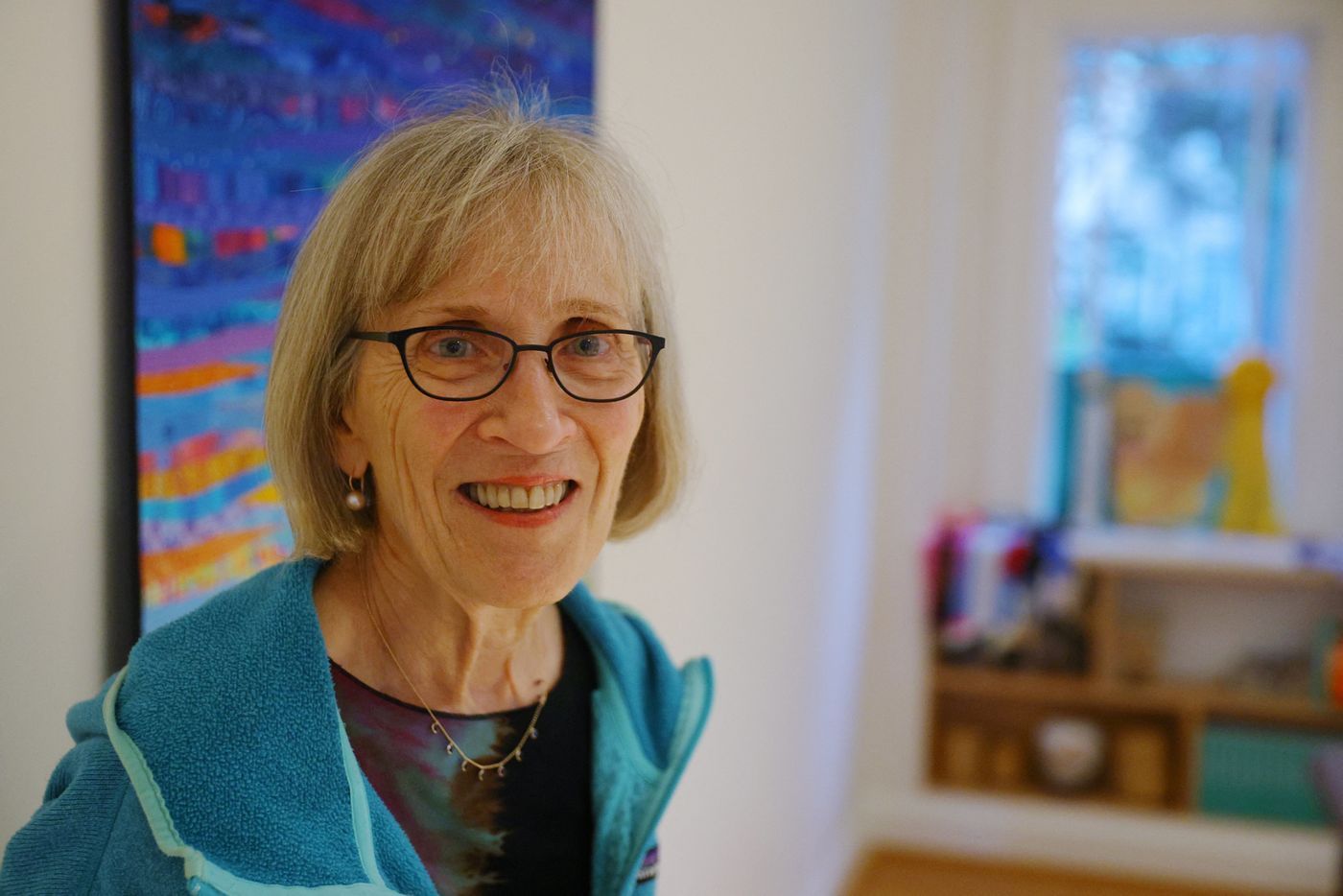

The 30-day waiting period since publication of my Wall Street Journal op/ed on Claudia Goldin’s Nobel Prize is up. So I am now allowed to post the whole thing.
Claudia Goldin Deserves That Nobel Prize
Her work on women in the workforce clarifies a politically charged debate.
The Royal Swedish Academy of Sciences on Monday announced its award of the Nobel Prize in Economic Science to Harvard’s Claudia Goldin, an economic historian. She received it for advancing the “understanding of women’s labour market outcomes.” The prize is well deserved.
Ms. Goldin, who earned her doctorate in economics at the University of Chicago in 1972, has worked over many decades on the “gender gap.” There are two kinds of gender gaps in the labor market: the gap in employment and the gap in earnings. Economic progress has narrowed both gaps. In her entry on the gender gap for The Concise Encyclopedia of Economics, Ms. Goldin wrote that in 2000, “of all twenty- to sixty-four-year olds, women made up 47 percent of the labor force.” The female-to-male ratio of average earnings for full-time year-round jobs, she noted, rose from 60% in the 1980s to 75% by 2000. Since then, it has increased to 82%.
One of Ms. Goldin’s contributions was to show that women moved out of the labor force in the 19th century. She did this by uncovering underreported data on women’s work. By digging up and combining various data sets, she showed that in the early part of the century, women did much of the work on farms, the dominant source of employment. As farming productivity and industry rose, women’s labor participation began to fall, presumably because it was hard to juggle raising children while working outside the home.
A major reason for employment growth among women since 1960, Ms. Goldin found with her Harvard co-author and husband, Lawrence Katz, was the introduction of the birth-control pill. In some states, the pill was legally available only to women who were married or were over 21. This changed in the 1970s, when many state governments lowered the age of majority to 18 and Eisenstadt v. Baird (1972) struck down Massachusetts’ law making marriage a prerequisite for access.
This change led to young women getting more formal education. By 2005 women made up half or almost half of first-year students in professional programs such as law, medicine, and dentistry. It was natural that earnings would follow and that the wage gap would fall.
What accounts for the remaining wage gap? Many labor economists point to the choice of occupation, which reflects the choice of college major. A 2008 study cited by the Nobel committee found that for women who had a labor-force attachment like that of men, the choice of college major accounted for more than half of the gender earnings gap: Women are substantially underrepresented in STEM fields.
One way to adjust for choice of occupation is to compare earnings of men and women in the same occupation with the same or similar schooling. Ms. Goldin, Mr. Katz and Marianne Bertrand of the University of Chicago made that comparison in a 2010 study, which found that the primary factor behind long-term differences in earning was child-rearing. For M.B.A. students who graduated from the University of Chicago’s business school between 1990 and 2006, the authors found almost no gender gap in employment or wages just after graduation. But 10 years later, women had taken an average of one year off from work, while men had taken off only 1½ months.
Presumably, the reason is that women were having and raising children. The authors noted that three factors—the particular M.B.A. courses taken and performance in the courses, time away from work, and the number of hours worked—explain 84% of the wage gap.
It makes sense. In a 2010 study, Ms. Goldin and Mr. Katz pointed out that women often receive a wage penalty for demanding a job that’s flexible enough for the woman to be the “on-call” parent. Men are more apt to receive a wage premium for being willing to be the “on-call” employee.
Economists and politicians often jump to policy conclusions based on their empirical evidence. Ms. Goldin has usually been hesitant to do that. In the Concise Encyclopedia, she asked to what extent Title VII and affirmative action narrowed the gap. She concluded, “There is only scant evidence that either law has had any effect on the gender gap in earnings or occupations, although not enough research has been done to justify strong conclusions one way or the other.” Her caution is refreshing.
Mr. Henderson is a research fellow with Stanford University’s Hoover Institution and editor of the Concise Encyclopedia of Economics.

READER COMMENTS
steve
Nov 10 2023 at 1:54pm
In the professions I think we have been pretty aware for a long time that the rule is everyone gets paid the same for the same kind of work. Productivity clauses allow people who work more to earn more but the “hourly rates” if you will are the same. So differences for men and women are largely due to pregnancy time off and time need for child care. Would some women prefer that the man be the one to taker time off for child care? Probably, but that’s kind of a different issue.
The Title VII issue is a good question. Was it just a coincidence that prior to the mid 60s-70s women were largely excluded from higher paying professions? What led to the change? In 1970 about 5% of medical students were female, 25% by 1980 and now over 50%. Something changed. Just cultural or did Title VII help push it?
Steve
Herb
Nov 10 2023 at 7:21pm
I am not an expert, so this is just an observation. You state: Something changed. Just cultural or did Title VII help push it?
Title VII may have had some push, but I believe that the biggest push is from cultural change, where women have been more assertive of their place in society & showing that they can perform as well as men in many cases. This is especially true in the non-physical labor fields, where strength is not an issue.
Mark Z
Nov 11 2023 at 2:10am
It wasn’t just culture and law that changed. Birth control and other dramatic reproductive technologies have made it so responsible people no longer face the dilemma of celibacy or marriage with a litter of children. Women today have half has many kids as they did in 1960 and much later in life. And it generally takes a generation or two for people to fully change their behavior to adjust to new biology.
Comments are closed.